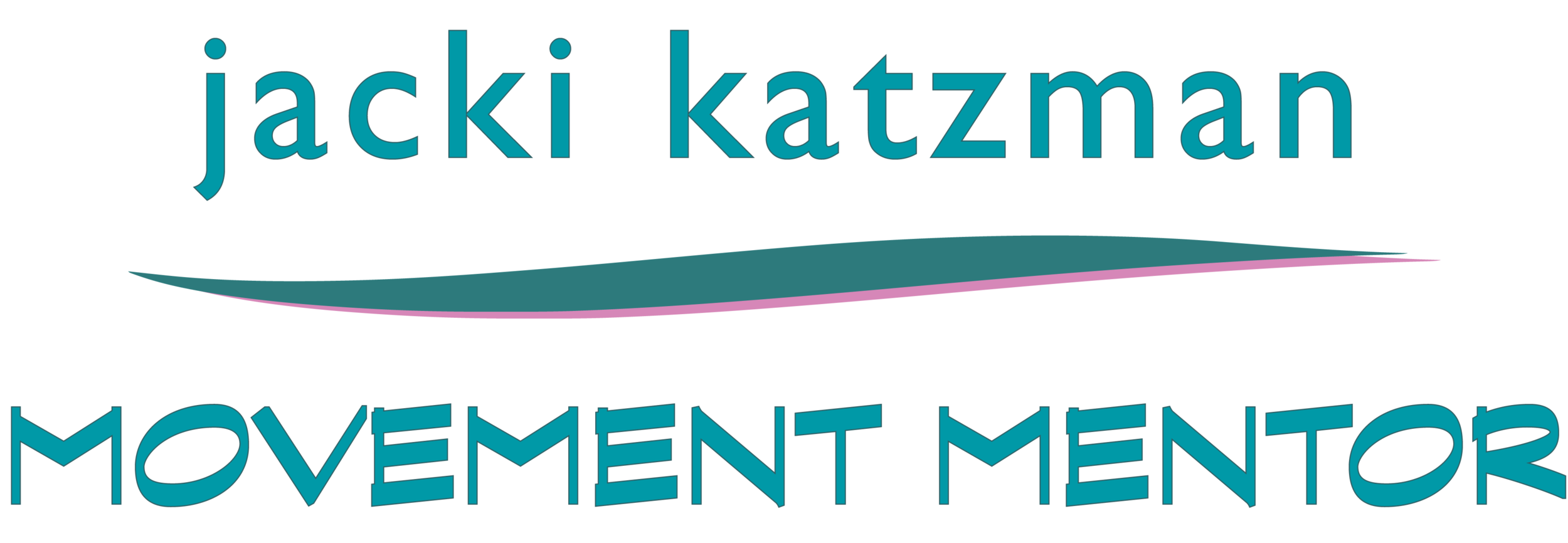Long Neck, Heavy Head - 5 - Very Slow Head and Tail Tuck
Long Neck, Heavy Heavy Head - 5 - Very Slow Head and Tail Tuck
A side view of the spine connecting head and tail bone, with legs as levers
Based on “The Head and The Tail From Side-Lying ” from “And the Head is Free Series” by Arlyn Zones, GCFT®
It seems as if almost nothing happens in this lesson: lie on a side, rock the pelvis, nod the head, flex a foot. Do it again on the other side. Moves we have covered in several series.
In this context, the connection between the head and pelvis in the context of finding a long neck and heavy head. it’s nice to take the time to slowly nod and rock in a different relationship to gravity. It’s also an opportunity to turn on those neuroplasticity wake-up calls by changing the orientation to gravity, changing the sensation of the spine moving parallel to the floor, and tuning into the small differences, ‘mistakes,’ that alert the nervous system that it’s time to learn.
This lesson pretty much ignores the arms. We will recap moments in the first lesson in this series, which focused more on the arms and shoulders. (Remember the bear hug and balancing your vertical arm in the shoulder socket?) Feet, however, come into play as we explore the connection between flexing the feet and the way the femur slides in the hip socket.
The association isn’t explicit, but maybe you will find a connection to walking, which is mighty practical. And rolling up from lying to sitting, which is this series’ primary theme.
This will be another trance-inducer. Enjoy the relaxation to start your day, or the sinking into the floor to ease into evening.
Science Nerd Candy Bowl:
Biomechanics of the walk (in French) - Anatomie 3D Lyon (7:02) - never mind the text - just watch how flexing the foot causes the knee to bend and the femur to rotate in thr hip socket
Muscles of the lower leg (in French) - Anatomie 3D Lyon (3:25) - how the bones and tendons of the feet connect with the calf
Cervical Spine Anatomy Animation: Veritas Health (2:45) Useful descriptions of the unique characteristics of each cervical vertebra
Atlantoaxial Joint Animation: Veritas Health (0:28) How the skull rests on the atlas, and rotates via the axis
Set Up for a Side-lying Lesson:
Side-lying on a mat with support under ear/cheek so that the nose, breastbone and navel are in a straight line.
Optional padding between knees for side-lying
OR side-sitting in a level, stable, armless chair, with knees and hips level, possibly a seated, shoulder-height support for arms
How you might feel after this lesson: Looser all over; Longer; Open; Breathing deeply; Relaxed jaw, shoulders and neck; Upper back massaged; Ribs released; Possible realignment of legs in hip sockets, arms in shoulder sockets; Able to let head be heavy and neck long; Able to support the head from deep in the spine; Spaced out - another trance-inducing lesson.
“We do the movements just to test ourselves if we are sleeping or are awake. That means [to distinguish] if we are able to pay attention, to do what we want, or if something inside of us, by itself, does what it wants. In other words, we are trying to stop being machines, but rather to become something closer to being a human that has awareness, knows what he is doing, and does what he wants... ”
Wednesday 9:30 am or 6:30 pm class registration, keep using it. If you were registered for the 12:00 pm Wednesday session, you’ll need to register. Registered, paid students receive the lesson recording link on Thursday. $40/month; $15/single lesson. PayPal or Venmo to jackisue@aol.com. Or check to Jacki Katzman, PO Box 116, Bethlehem, NH 03574
For new student registration, Click Here

